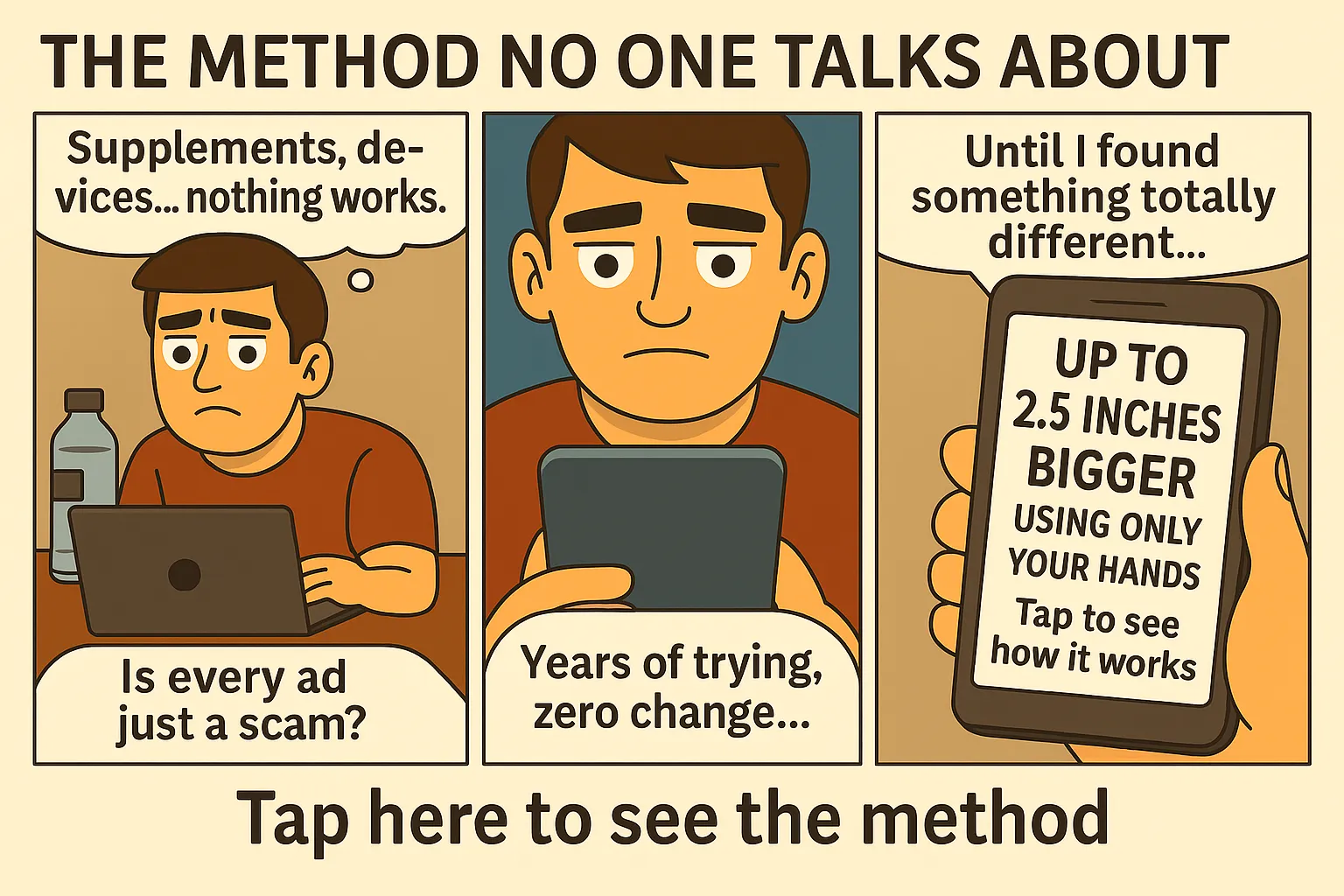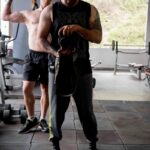Why Movement May Be the Key to Dominating Your Hormones 🔥
Your body was designed to move. Inactivity doesn’t just lead to weight gain or stiffness — it disrupts your hormones. From testosterone and cortisol to insulin and growth hormone, your entire endocrine system depends on physical activity to stay in sync. Learning how to harness movement for hormone balance can transform your energy, mood, and masculinity.
How Movement Regulates Hormones
Exercise triggers a cascade of hormonal responses. When you move your body, you activate muscle tissue, improve insulin sensitivity, and reduce stress hormones. Regular physical activity boosts testosterone, growth hormone, and endorphins while lowering cortisol — the hormone responsible for fatigue, belly fat, and poor recovery.
Movement vs. Exercise: Why It Matters
While lifting weights or doing HIIT workouts is powerful, “movement” refers to more than structured workouts. It includes walking, stretching, mobility drills, breathwork, yoga, and any action that improves circulation and body awareness. Movement is medicine — especially when done consistently throughout the day.
The Testosterone-Movement Link
Studies consistently show that strength training and compound lifts like squats and deadlifts increase testosterone production. But it’s not just about lifting heavy. Low-impact movements like tai chi or mobility work also improve hormonal regulation by enhancing nervous system balance and reducing systemic stress.
Best Movements to Boost Male Hormones
- Compound lifts: Squats, deadlifts, pull-ups, and presses stimulate maximum testosterone output
- High-intensity intervals: Short, explosive sprints or circuits promote growth hormone and fat burning
- Walking: Especially post-meal walks improve blood sugar control and cortisol reduction
- Stretching and breathwork: Activate parasympathetic nervous system, crucial for hormonal balance
- Daily mobility: Keeps joints healthy and prevents stress accumulation in tissues
Movement as Stress Antidote
One of the fastest ways to reduce cortisol is to move — even for just five minutes. Chronic stress keeps your body in fight-or-flight mode, suppressing testosterone and immune function. Light activity resets the nervous system and signals safety to your brain, allowing your endocrine system to recover.
How to Use Movement Breaks for Hormone Health
Incorporate short movement breaks throughout your day:
- 5-minute walks every 90 minutes
- Standing up and stretching between calls or meetings
- Foam rolling or hip mobility drills after long sitting periods
Over time, these micro-movements improve posture, reduce inflammation, and support steady hormone production.
Creating a Weekly Movement Plan
Here’s a sample week that balances high-intensity training, mobility, and recovery:
- Monday: Full-body resistance training (compound lifts)
- Tuesday: Light mobility + 30-minute walk
- Wednesday: Sprint intervals + breathwork
- Thursday: Yoga or active recovery
- Friday: Strength session + core work
- Saturday: Long walk or hike
- Sunday: Rest + stretching and foam rolling
Pair Movement With Circadian Rhythm
Movement is most effective when aligned with your body’s natural hormonal cycles. Aim for strength training in the late morning or early afternoon, when testosterone peaks. Use walking or light mobility after meals to stabilize insulin and cortisol.
Movement + Environment = Hormonal Power
Combine smart movement with a hormone-supportive environment for even better results. Sleep in a dark room with blackout curtains. Start your morning with sunlight to reinforce your circadian rhythm. And use sound frequencies to enhance relaxation and recovery.
Move, Breathe, Recover
Movement is the trigger. Breathwork is the amplifier. Sleep is the recovery phase. Together, they create the foundation of sustainable hormone balance and long-term male vitality.
Want to take it even further? Start the full testosterone and vitality blueprint here.
Scientific Evidence Linking Movement to Hormone Regulation
Research published in the Journal of Strength and Conditioning shows that men who perform regular resistance training have 25–30% higher free testosterone levels than sedentary individuals. Another study from the University of Texas found that walking after meals significantly improved insulin sensitivity and reduced cortisol spikes, contributing to better hormonal balance overall.
Growth Hormone and Exercise
High-intensity and resistance-based workouts have also been shown to boost growth hormone — a key player in fat burning, muscle maintenance, and recovery. Growth hormone works synergistically with testosterone to keep you lean, strong, and energized.
Common Movement Mistakes That Sabotage Hormones
More isn’t always better. Many men make these mistakes:
- Overtraining: Excessive exercise without recovery leads to elevated cortisol and testosterone suppression.
- Inconsistency: Long breaks between training sessions prevent hormonal adaptations.
- Neglecting recovery: No mobility, stretching, or sleep leads to burnout and hormonal dysregulation.
How to Fix It
Balance intensity with rest. For every hard training day, schedule at least one mobility or low-intensity movement day. Monitor sleep and libido as markers — if they drop, scale back temporarily and increase recovery strategies.
Daily Habits That Enhance Movement’s Hormonal Impact
To get the most out of your movement practice, combine it with these habits:
- Morning sunlight: Triggers hormonal rhythm and energizes your system
- Hydration: Dehydration increases cortisol and reduces performance
- Protein-rich meals post-workout: Supports recovery and testosterone levels
- Breath control: Exhale longer than you inhale to shift into recovery mode
Environmental Movement Hacks
Design your environment to encourage movement:
- Use a standing desk with a wobble board
- Keep a foam roller or yoga mat visible as a visual cue
- Set timers to remind you to move every 45–90 minutes
Real-Life Results: Men Who Moved and Transformed
Thousands of men have reversed fatigue, increased libido, and reignited motivation by integrating strategic movement into their lives. One 42-year-old male saw a 40-point testosterone increase over 3 months by following a simple plan of three strength sessions, daily walking, and 10-minute breathwork sessions — all without medication.
Movement and Mental Clarity
Hormones don’t just affect your body — they influence your brain. Movement stimulates endorphins, dopamine, and testosterone, sharpening mental focus and confidence. Many entrepreneurs and high-performers use micro-workouts to recharge between meetings and maintain peak clarity.
Advanced Weekly Movement Blueprint
Ready to dial in your movement-hormone strategy? Here’s a high-performance weekly plan optimized for hormone output:
- Monday: Heavy strength training (squats, deadlifts, bench)
- Tuesday: Mobility work + 45-minute walk
- Wednesday: HIIT session (20 minutes) + yoga cooldown
- Thursday: Active recovery: breathwork, light stretching
- Friday: Strength training (pull-ups, rows, overhead press)
- Saturday: Outdoor activity (hike, sport, bike ride)
- Sunday: Full rest or deep mobility and fascia release
Use Movement to Anchor Your Circadian Rhythm
Hormones follow a daily rhythm. Morning movement helps set the tone for testosterone and cortisol cycles. Afternoon sessions align with peak body temperature and muscular performance. Evening movement should be gentle, promoting relaxation and melatonin release.
Tools That Support Hormone-Friendly Movement
- Wearables: Devices like Oura Ring or WHOOP help you track recovery and optimize workout timing
- Mobility tools: Foam rollers, lacrosse balls, massage guns for muscle recovery
- Apps: ROMWOD, Down Dog, and GOWOD for guided mobility sessions
Pair Movement With Recovery Inputs
Maximize hormone response by combining movement with:
- Cold exposure (showers, ice baths) post-training
- Sound healing for nervous system recovery
- Anti-inflammatory nutrition (omega-3s, zinc, magnesium)
- Dark, high-quality sleep environments — use blackout curtains to support deep recovery
Final Words: Move Like Your Manhood Depends on It
Because it does. Testosterone isn’t just a number — it’s your edge, your drive, your power. And movement is the trigger. Small steps daily lead to compounding hormonal wins. Whether you’re training hard or just walking more, consistency is the secret. Hormonal harmony comes to those who move with purpose.
Checklist: Daily Movement for Hormonal Mastery
Use this checklist to build a lifestyle that supports optimal testosterone and hormone function:
- ☑ 7,000+ steps per day
- ☑ 3x strength training sessions weekly
- ☑ 10–20 minutes mobility daily
- ☑ Sunlight within 30 minutes of waking
- ☑ 5+ minutes breathwork or stress reduction
- ☑ Recovery tracked via HRV or sleep data
Biggest Mistakes That Block Hormone Gains
Avoid these to stay on track:
- Training too hard, too often: Raises cortisol and drains testosterone
- Sitting all day: Slows metabolism and impairs insulin sensitivity
- Skipping recovery: Neglecting rest limits hormone production
- Training at inconsistent times: Disrupts hormonal rhythm
Your Body Is Built to Move — Use It
You don’t need to train like an athlete. But you do need to move with intention. Every walk, squat, stretch, and breath sends your body a hormonal message. Choose wisely, stay consistent, and you’ll unlock your next level of performance — naturally.
24-Hour Hormonal Movement Protocol
Use this as a template for maximizing hormone output across the entire day:
- 6:30 AM: Wake up and get direct sunlight + light mobility/stretch
- 7:00 AM: High-protein breakfast + short walk
- 10:00 AM: Optional strength or high-output training session
- 1:00 PM: Post-lunch walk + deep breathing (lowers cortisol)
- 4:00 PM: Light mobility or foam rolling break
- 6:30 PM: Dinner + walk + screen dimming begins
- 9:00 PM: Breathwork + blackout curtain setup + sleep
Live this rhythm for a week and you’ll feel the difference in your mood, focus, recovery, and sex drive. Movement isn’t optional — it’s hormonal fuel.
FAQs on Movement and Hormonal Balance
Which type of movement is best for balancing male hormones?
Strength training, zone 2 cardio, mobility flows, and walking are ideal. They balance cortisol while stimulating testosterone and growth hormone production.
How much movement is needed to see hormonal changes?
Even 20–30 minutes of consistent daily movement can reset your hormonal rhythm in under two weeks. The key is intensity, recovery, and flow.
🏋️ Movement Type vs. Hormonal Effect
| Movement | Hormonal Response | Recommended Frequency |
|---|---|---|
| Strength Training | Boosts testosterone, lowers insulin | 3–5x per week |
| Zone 2 Cardio | Reduces cortisol, supports fat metabolism | 2–3x per week |
| Mobility Work | Improves nervous system recovery | Daily |
| HIIT | Spikes growth hormone | 1–2x per week |
 Inspired image about How Daily Movement Creates Hormonal Balance in Men – via supremepenis.com
Inspired image about How Daily Movement Creates Hormonal Balance in Men – via supremepenis.com







